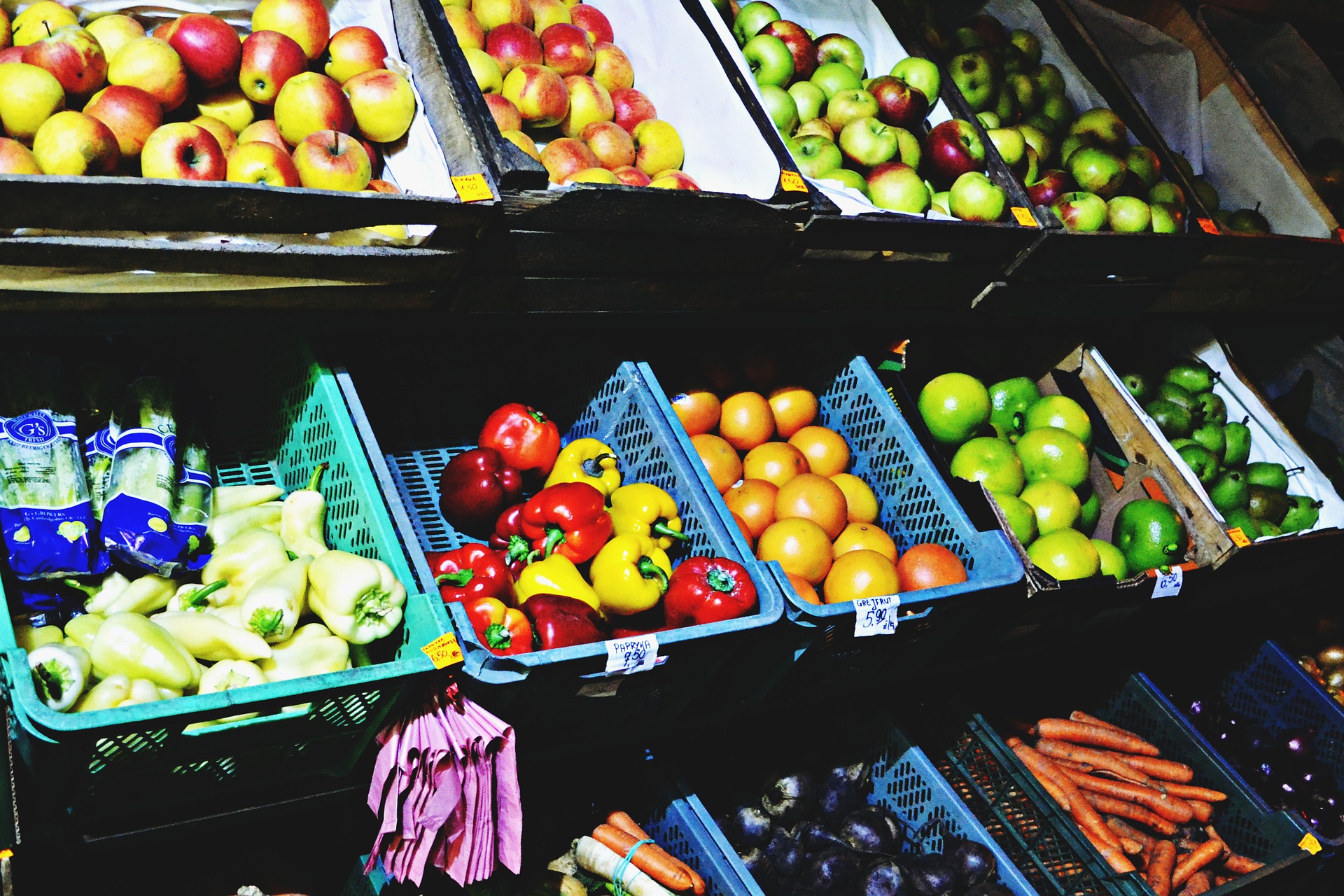How to Decode 6 Common Food Claims
It seems like a new “health” food hits the shelves every week, and sometimes the language on packaging can be difficult to decipher. From “organic” and “natural” to “low-fat” and “GMO-free,” it’s hard to keep food claims straight. Prepare for your next shopping trip by learning the difference between these common food packaging claims.
How to Decode Food Packaging Claims
Manufacturers use three types of food claims to market their products: nutrient claims, health claims, and structure or function claims. A nutrient claim addresses the amount of nutrients in the food, such as sugar, sodium, cholesterol, fat, or calories. A health claim suggests a correlation between food and a health-related condition, such as heart disease. And finally, a structure or function claim describes the role a nutrient plays in physiological function, such as “fiber keeps you regular” or “calcium builds strong bones.”
Government agencies like the FDA and USDA regulate usage of such food claims. They define criteria that must be meant in order to use a claim, as well as marketing regulations such as font size and phrasing so as to avoid confusion. Even still, the following food packaging claims can get complicated quick.
Organic vs. Natural
Stringent standards apply for the production, handling, and processing of foods labeled as “organic.” There are four categories a food may fall into under the organic umbrella:
- “100 percent organic” – foods made with entirely organic ingredients may carry the USDA organic seal or “100 percent organic” claim.
- “Organic” – foods that contain a minimum of 95 percent organic ingredients may use the term “organic” and carry the USDA organic seal. Up to five percent of the ingredients may be non-organic products that are not commercially available as organic.
- “Made with organic _____” – Foods that contain at least 70 percent organically produced ingredients may list up to three ingredients or ingredient categories on their packaging. However, they may not use the USDA organic seal.
- Organic ingredients lists – Products containing less than 70 percent organic ingredients may list them as “organic” in the ingredients portion of the information panel. They may not, however, carry the USDA organic seal or use the word “organic” anywhere on the food packaging most visible to consumers.
Alternatively, “natural” categorizes items that are minimally synthesized and this label does not carry stringent standards. To be considered “natural,” a food must not contain artificial or synthetic elements, including color additives. However, the term does not address the use of pesticides, food manufacturing techniques such as pasteurization, or the nutritional value of the food.

Natural vs. Artificial Flavoring
Essentially, a natural flavor is one that is derived from a plant or animal. An artificial flavor, on the other hand, is one that’s created from scratch. Remember that “natural” is a loose term, so it may still be used to promote products with artificially derived flavors.
“Excellent Source Of” vs. “Good Source Of”
Here’s a bit of good news: “High,” “Rich In” and “Excellent Source Of” all mean the same thing – that the product contains at least 20 percent of the daily value per serving size of the item in question. Oppositely, “Contains,” “Provides” and “Good Source Of” all mean that the product contains between 10 and 19 percent of the daily value of that something. If a nutrient does not have a recommended daily intake, such as omega-3 fatty acids, it may not carry these claims.
GMO claims
Genetically modified organism (GMO) labels are monitored by the FDA and help to identify foods produced without bioengineering. Other phrases such as “not bioengineered” and “not genetically modified” are acceptable.
“Low”
The term “low” can be used in reference to calories, total fat, saturated fat, sugars, sodium or cholesterol, and has different regulations for each:
- Low-fat: 3 grams or less per serving
- Low-saturated fat: 1 gram or less per serving, with no more than 15 percent of calories coming from saturated fat
- Low-sodium: 140 milligrams or less per serving
- Very low sodium: 35 milligrams or less per serving
- Low-cholesterol: 20 milligrams or less per serving and only when a food contains 2 grams or less of saturated fat per serving
- Low-calorie: 40 calories or less per serving
Healthy
Finally, food packaging may include the term “healthy” if it is 1) not low in total fat, but has a fat profile makeup of predominantly monounsaturated and polyunsaturated fats, or 2) contains at least 10 percent of a daily value of potassium or vitamin D.
While it can be tough to keep food claims straight, it’s good to know that government agencies play an active role in regulating their usage in food packaging. If you have a specific dietary restriction, it’s often best to read the food label to determine if the calorie, fat, carbohydrate or other nutritional element meets your needs.
What other confusing food claims have you come across? Let us know in the comments!